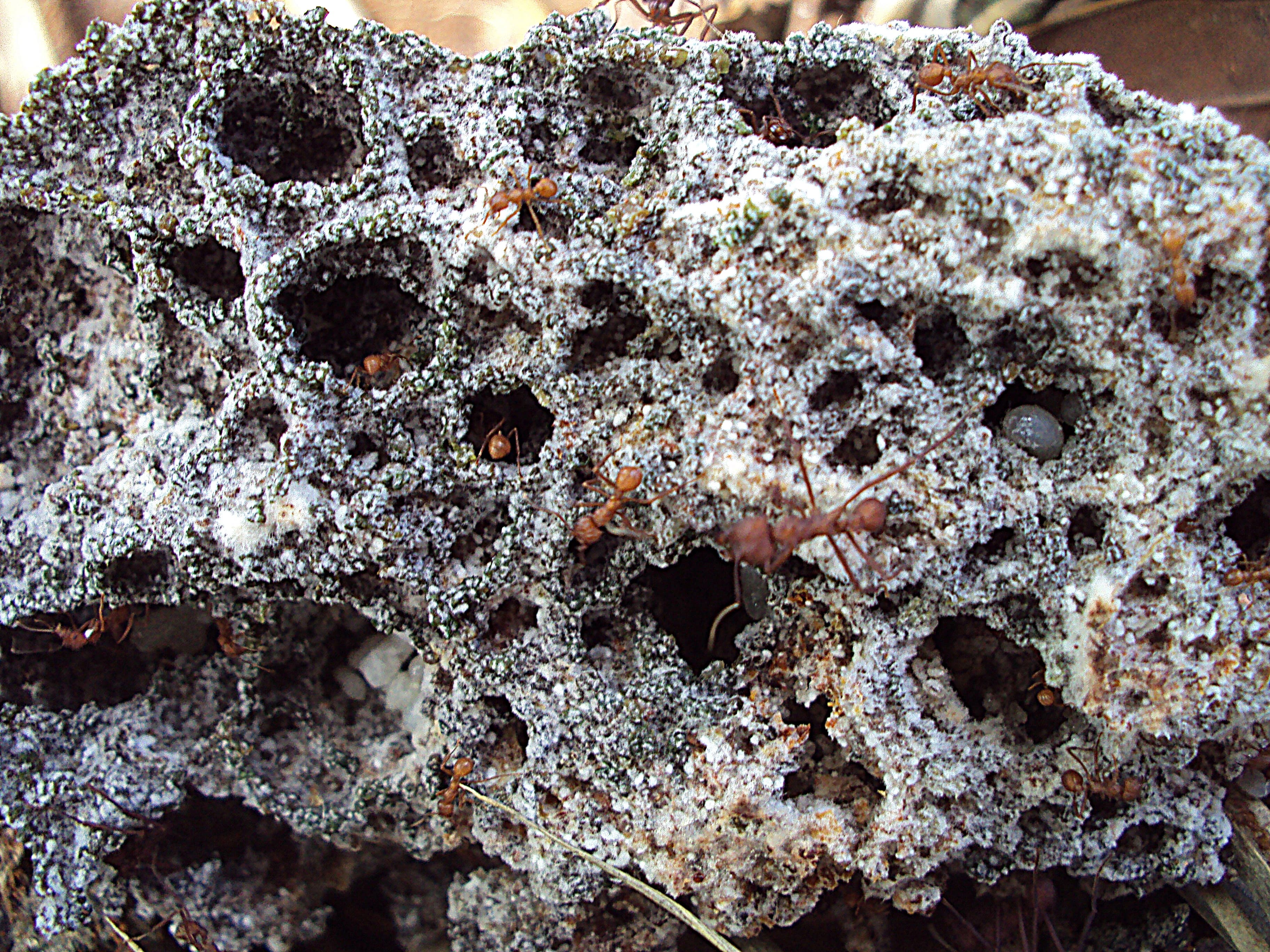Fungus's Internal Recycling Sustains Millions in Leafcutter Ant Colonies, Driving Pest Control Innovation

A recent social media post by Brian Roemmele playfully characterized the relationship between Leucoagaricus fungus and leafcutter ants, stating, > "Meet leucoagaricus, this fungus give orders to ants. And the ants listen. When leucoagaricus fancies himself a particular leaf, the ants say 'yes sir, right away sir'. Leucoagaricus is the boss." However, scientific investigations reveal a profoundly complex and obligate mutualistic partnership where the fungus actively, and even self-sacrificially, sustains vast ant populations, offering a nuanced perspective beyond simple dominance.
The basidiomycete fungus, specifically Leucoagaricus gongylophorus, is the sole food source for the millions of workers in mature leafcutter ant colonies, particularly those of the Atta and Acromyrmex genera. A September 2023 study in IMA Fungus elucidated a critical mechanism: L. gongylophorus produces specialized nutritional rewards called gongylidia by recycling its own cellular contents through autophagy. This process ensures a consistent and rich supply of essential nutrients like amino acids, lipids, and glycogen, which are packaged within these swollen hyphal cells.
In this highly evolved mutualism, the ants are not merely passive recipients but active farmers, diligently foraging for plant fragments to nourish their fungal gardens. They meticulously prune the fungal cultivar and maintain optimal conditions, with some research suggesting that ant pruning behaviors might even induce the fungus's autophagic food production. The gongylidia are indispensable, serving as the exclusive diet for ant larvae and a significant supplement for adult workers, underscoring the fungus's central and irreplaceable role in the colony's life cycle.
Leafcutter ants are recognized as major agricultural pests across the Neotropics, responsible for annual crop losses exceeding millions of dollars in various sectors, including eucalyptus, pine, coffee, and sugarcane plantations. Consequently, targeting the indispensable L. gongylophorus has emerged as a strategic approach for pest management. As detailed in a 2022 review in Insects, disrupting the fungus's vitality through specific chemical or biological antifungal agents can effectively destabilize and ultimately lead to the collapse of entire ant colonies, providing an alternative to direct insecticide application.
The intricate co-evolutionary dynamics between Leucoagaricus and leafcutter ants illustrate a sophisticated biological integration, moving beyond a simplistic "boss" and "subordinate" dynamic to one of profound mutual dependence. The fungus's active self-provisioning through autophagy for its hosts, combined with the ants' dedicated cultivation, highlights a resilient and finely tuned ecosystem. Continued scientific inquiry into this fascinating partnership is crucial for advancing both ecological understanding and developing sustainable solutions for agricultural challenges.